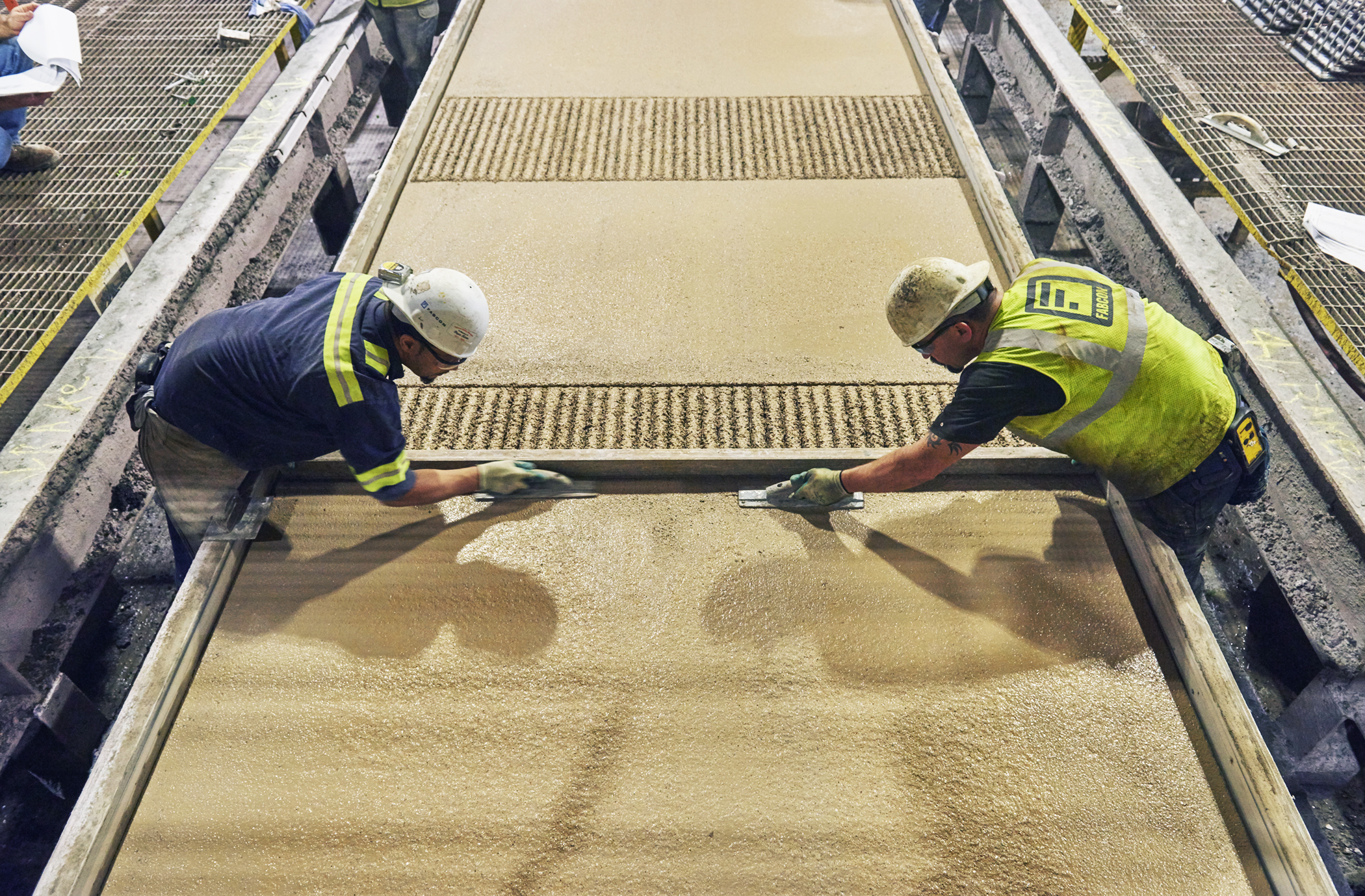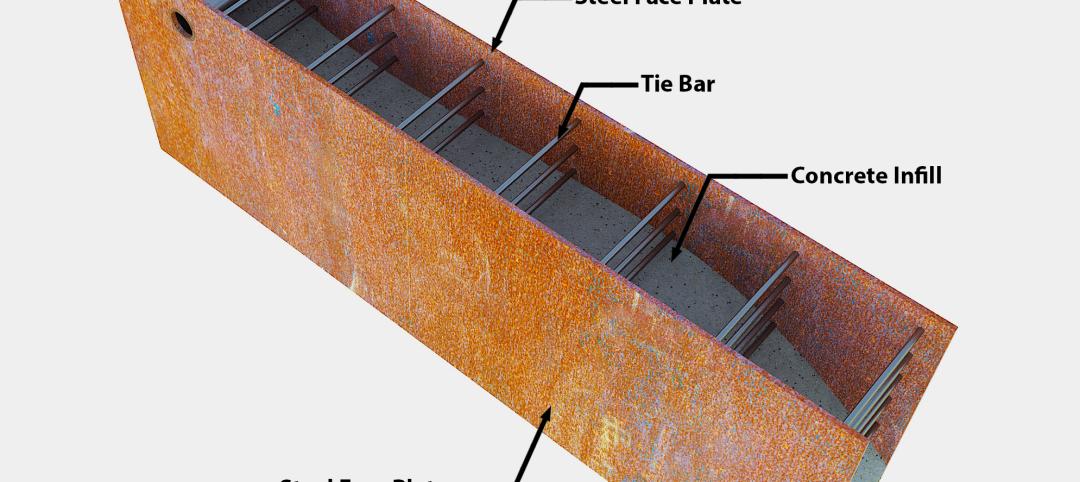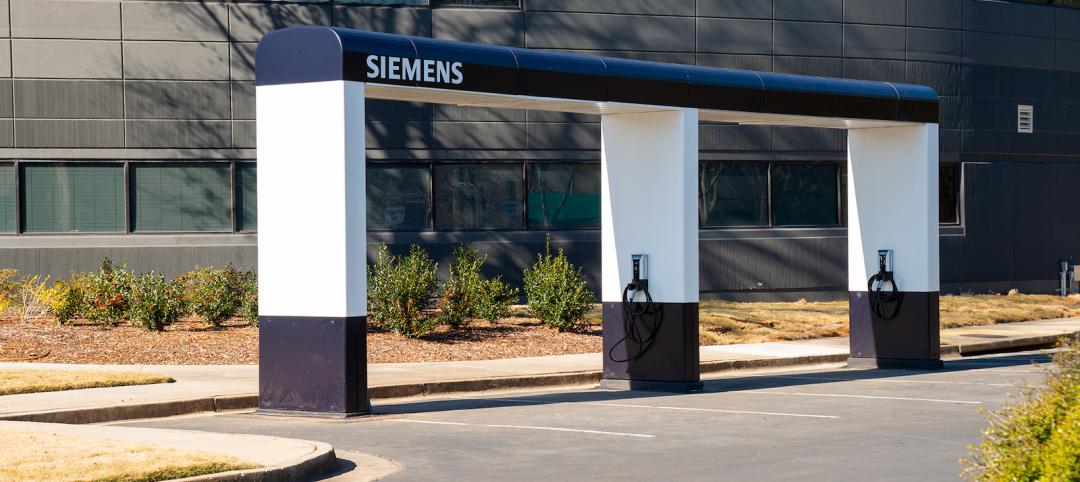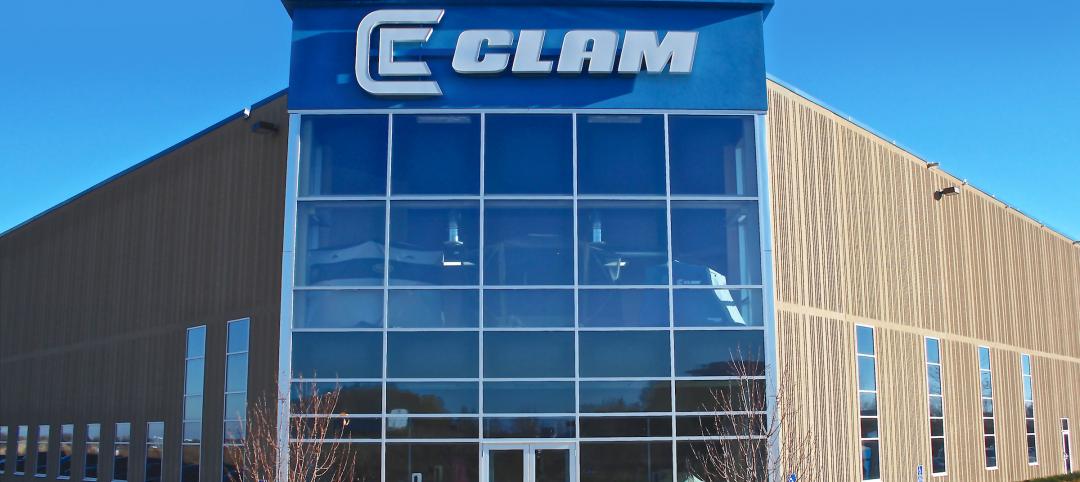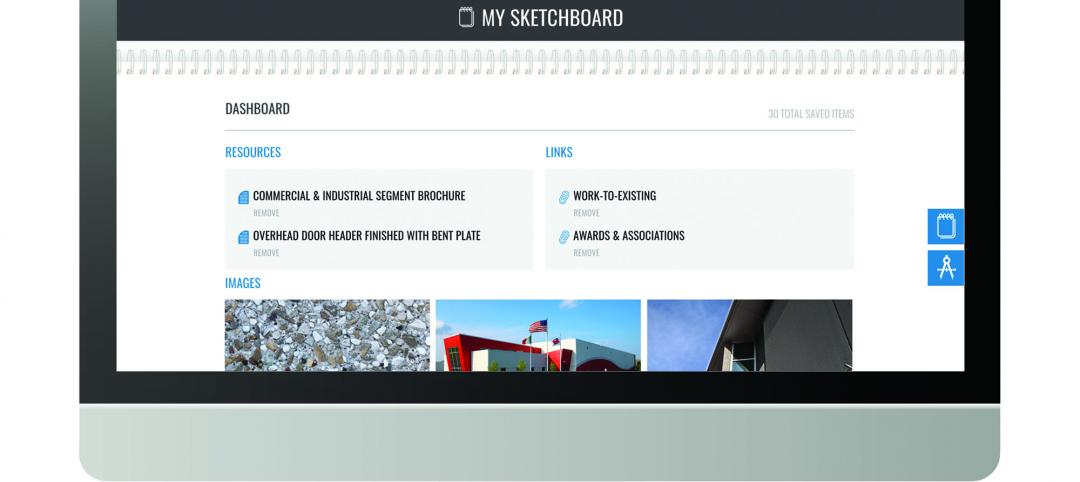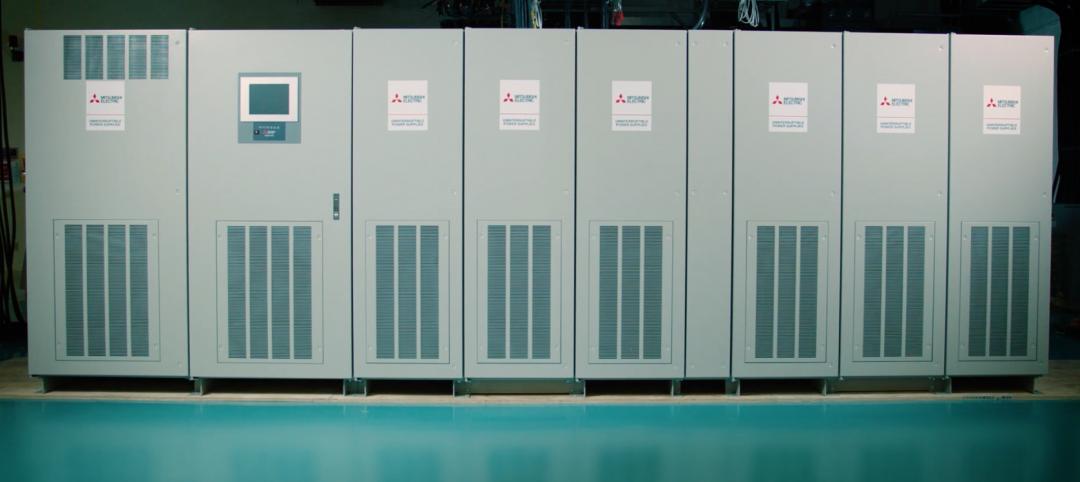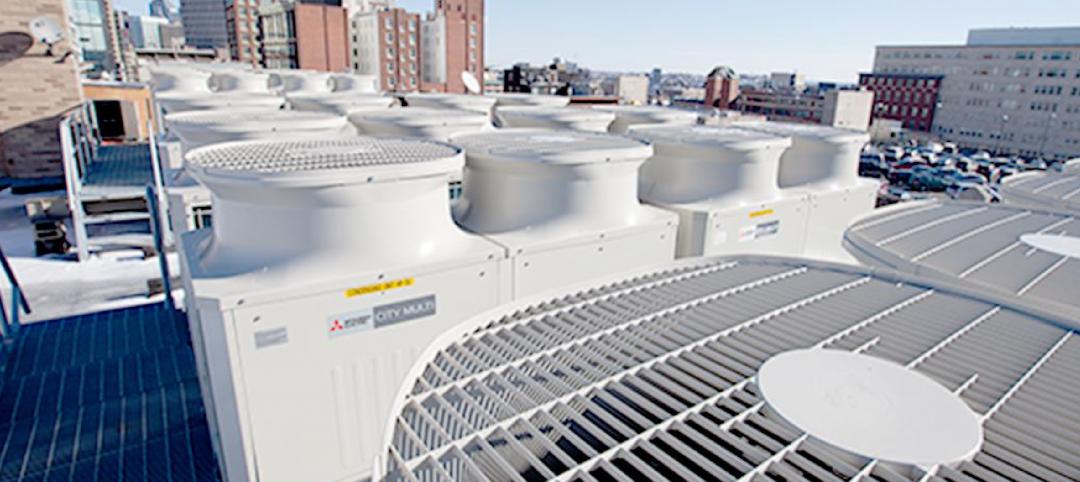Commercial construction is an intense and complicated topic. The subject of building envelopes alone is as vast as it is dynamic. Obviously, there’s more than one way to build a building, but two styles often confused for one another are structural precast concrete panels and site-cast panels.
First, some quick definitions. “Tilt-up” describes an installation technique where a crane tilts finished panels into place. Although this process is used for both precast and site-cast panels, it’s important to understand the defining characteristics of the two styles. With precast construction, large concrete panels are cast in a climate-controlled manufacturing facility, transported to the job site via flatbed trucks and then set in place. With site-cast construction, large panels are cast at the job site, usually on what will become the floor slab. To the untrained eye, the end product can be very similar, and in some cases, almost indistinguishable. The differences, however, are significant.

For starters, consider the number of aesthetic options and finishes that are available with precast. Precast offers building professionals and owners a robust palette of options, including the use of formside and topside aggregates, formliners, thin brick, and three variations of sandblast. Because precast panels are manufactured in a controlled environment, a higher level of quality and consistency can be obtained.
Physical and structural differences exist as well. Take height, for instance. Fabcon is now producing load-bearing panels that are more than 73 feet tall. With site-cast panels, anything over 40 feet becomes tricky to engineer and increasingly cost prohibitive. Thermal performance is another critical difference. Precast panels have an integrated insulation component with the ability to deliver R-values up to R-28.2. Adding insulation to a site-cast envelope is an added step in the process and requires a whole new set of subcontractors.
Additional advantages to the precast process begin early in the construction cycle. While the site-cast crew is waiting for the job site preparation to be completed, a precaster like Fabcon can begin producing panels and preparing them for delivery. Factors like weather and excavating crew availability can affect when the job site will be ready.
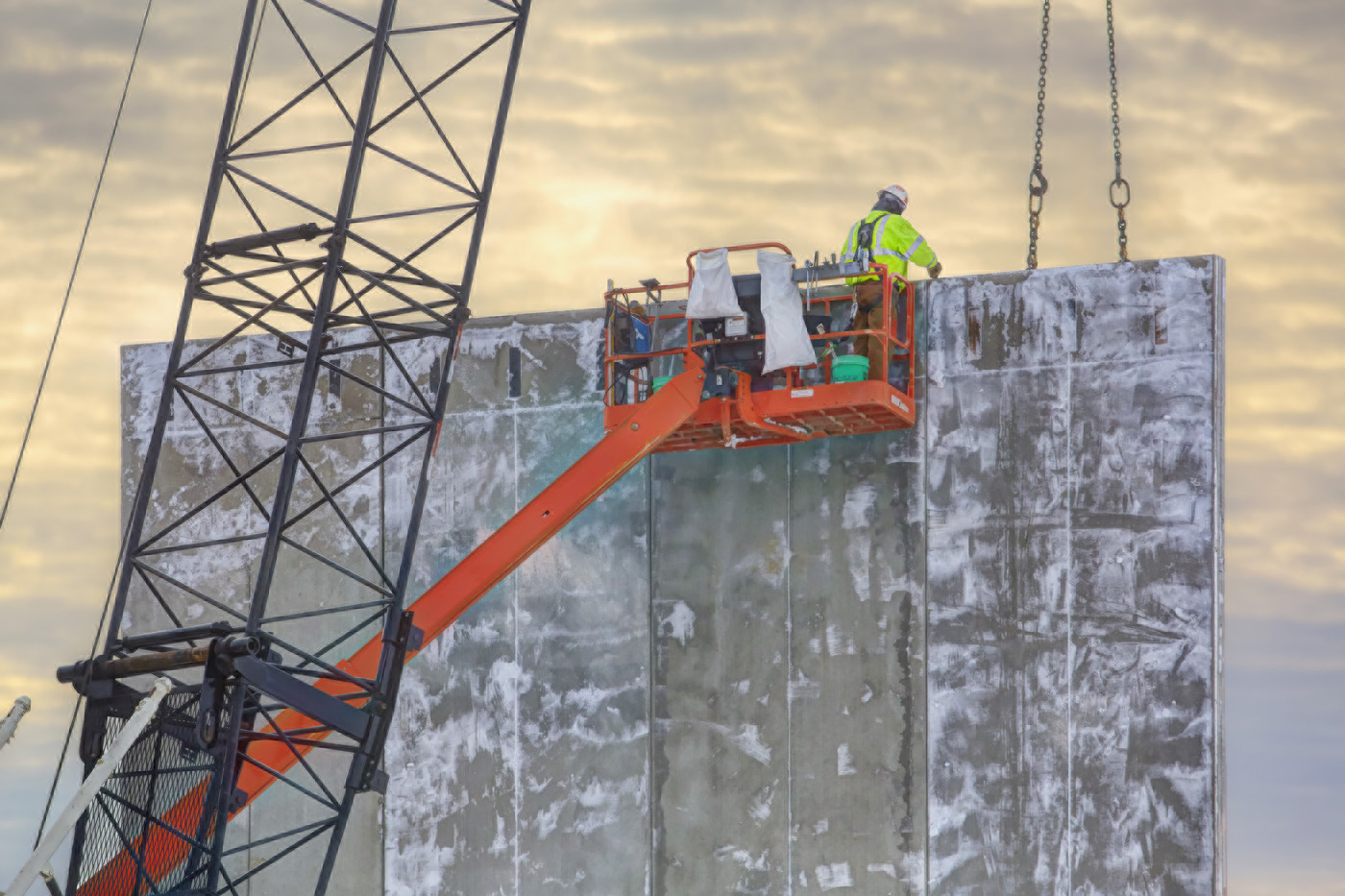
Both systems are relatively fast when it comes to setting panels, but while a precast crew of six workers can enclose 100,000 feet in four to six days, a site-cast crew of 20 (or more) can only erect them as fast as they can cast and cure the panels. The site-cast panels are manufactured in the open air and can be exposed to the violent swings of mother nature, which can push back the schedule, the curing process, and ultimately the final cost and quality of your building envelope. Even after site-cast crews have left the site, there is a risk that pouring all those panels on the floor slab may have damaged it to an extent that it may soon require serious repair or even complete replacement.
With a site-cast project, it is possible there are more workers and equipment on the job site for much longer. That not only monopolizes access to the site, it may expose teams to added risk and liability. While site-cast isn’t the worst way to build a building, it does have its limitations.
For a more in-depth look at the advantages of structural precast, visit fabconversus.com. For more information on Fabcon Precast, visit fabconprecast.com or contact 800.727.4444.
Related Stories
Adaptive Reuse | Mar 26, 2024
Adaptive Reuse Scorecard released to help developers assess project viability
Lamar Johnson Collaborative announced the debut of the firm’s Adaptive Reuse Scorecard, a proprietary methodology to quickly analyze the viability of converting buildings to other uses.
Contractors | Aug 14, 2023
Fast-tracking construction projects offers both risk and reward
Understanding both the rewards and risk of fast-tracking a project can help owners, architects, engineers, and contractors maximize the benefits of this strategy and can bring great reward on all fronts when managed properly.
Steel Buildings | Feb 21, 2023
AISC releases SpeedCore design guide for building concrete-filled composite steel plate shear wall core systems
The American Institute of Steel Construction has released Design Guide 38, SpeedCore Systems for Steel Structures. The document pertains to the nonproprietary concrete-filled composite steel plate shear wall core system that “shaved a whopping 10 months off the erection schedule of Seattle’s 58-story Rainier Square,” according to AISC.
Projects | Mar 8, 2022
A scalable EV charging solution
Resembling a fueling station, VersiCharge XL—a new electric vehicle (EV) charging concept structure—can charge large numbers of EVs in outdoor areas ranging from small office building parking lots to last-mile logistics hubs to stadium parking lots.
Resources | Aug 4, 2020
AWC and ICC Release Mass Timber Buildings and the IBC
The publication provides an overview of requirements for mass timber construction as found in the 2015, 2018, and 2021 International Building Code.
Sponsored | | Dec 11, 2018
Clam Outdoors Turns Ice Into Gold
How precast helped fuel the growth of a Minnesotan institution
Sponsored | | Dec 5, 2018
Finders Keepers
Personal dashboard helps users organize precast projects and ideas
Sponsored | | Nov 15, 2018
Mind Your Beeswax
Load-bearing panels and functional aesthetics help personal care company upgrade facility
Sponsored | Build More Efficient Buildings Series | Jul 20, 2018
The Power of Understanding Uninterruptible Power Supply Systems
Highly reliable and efficient backup power systems are a key concern for building teams.
Sponsored | Build More Efficient Buildings Series | May 15, 2018
Key Considerations for HVAC Selection in Today’s Buildings
From energy efficiency to ease of installation, here are some things to keep in mind when selecting the right system.


